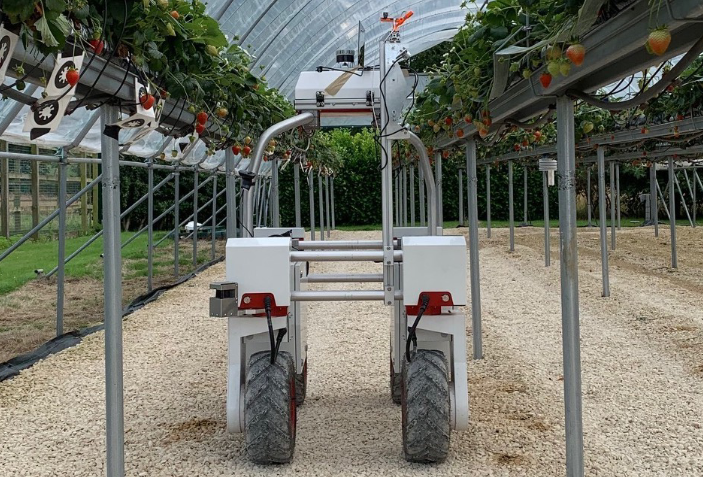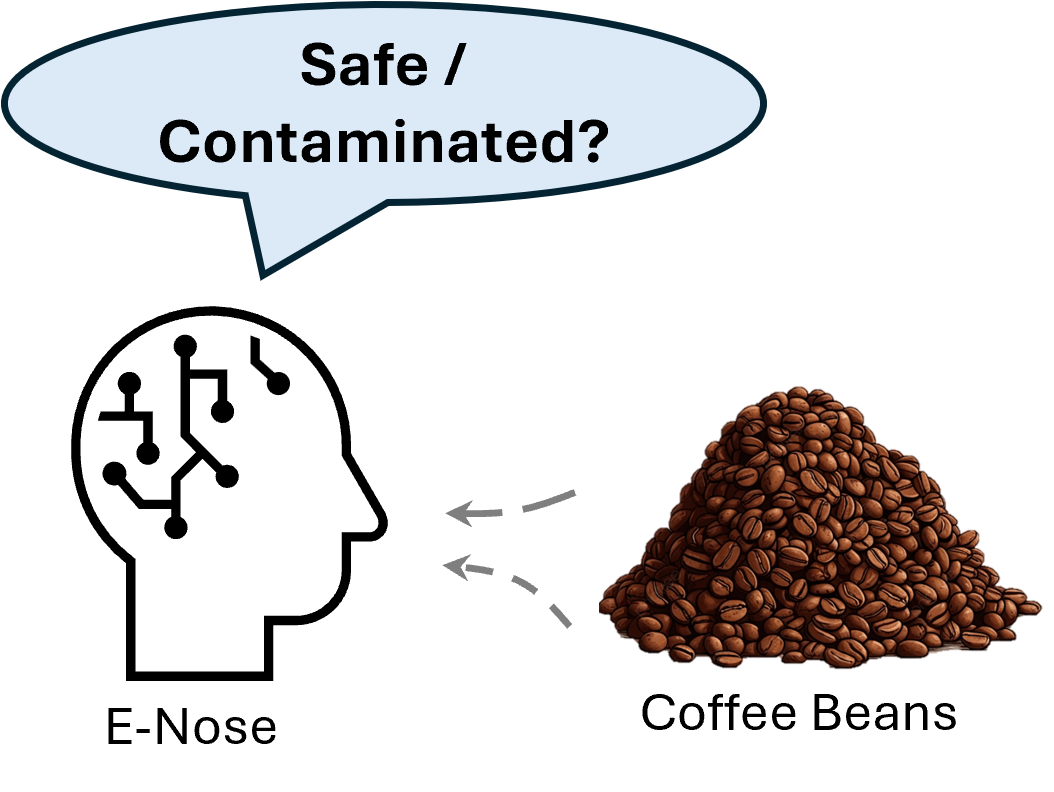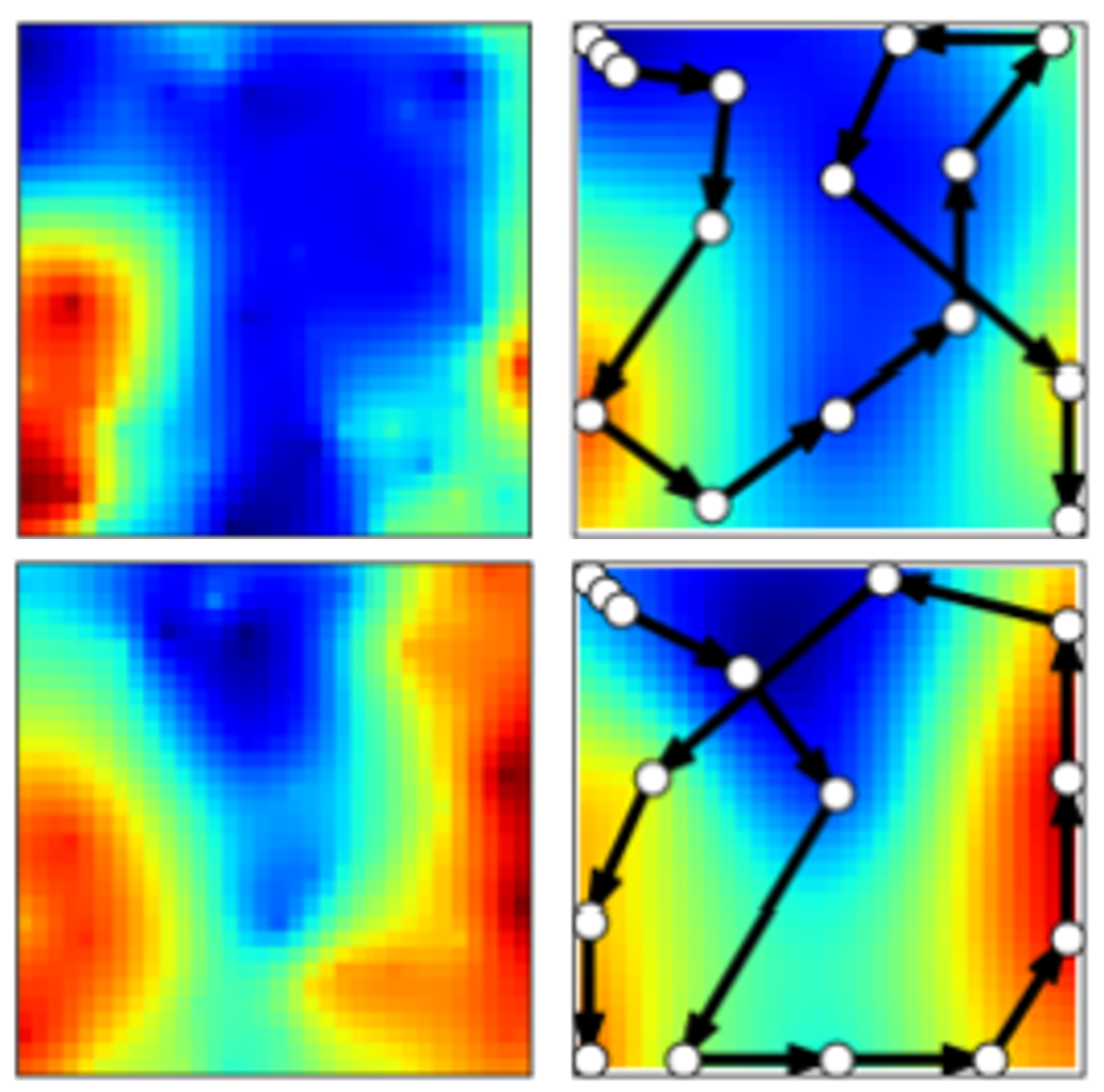LaSER Lab researches on AI and robotics to transform agri-food systems to significantly enhance food security, food safety, and sustainability in our society. Our interdisciplinary research is strengthened by active collaborations with many other academic partners, and supported by diverse federal, state, and private sponsors.
Crop Management
 We develop AI-enabled robotic systems that autonomously monitor and manage crop fields.
Our robots safely "navigate" agricultural environments, perceive complex visual cues, and make decisions that support farm-level operations.
Example tasks include:
We develop AI-enabled robotic systems that autonomously monitor and manage crop fields.
Our robots safely "navigate" agricultural environments, perceive complex visual cues, and make decisions that support farm-level operations.
Example tasks include:
- Yield estimation
- Disease / Weed detection
- Pest management
- Wildlife deterrence
Food Quality & Safety Sensing
 We develop AI-powered sensing systems to assess food quality and food safety.
These systems integrate "multi-modal" sensing—including vision and odor measurements—to detect quality degradation and potential contamination.
Our goal is to create robust, consistent sensing technologies that operate reliably under challenging environmental conditions (e.g., varying temperature and humidity).
We develop AI-powered sensing systems to assess food quality and food safety.
These systems integrate "multi-modal" sensing—including vision and odor measurements—to detect quality degradation and potential contamination.
Our goal is to create robust, consistent sensing technologies that operate reliably under challenging environmental conditions (e.g., varying temperature and humidity).
Environmental Monitoring
 Regular assessment of environmental and physical conditions is essential for early detection of changes—such as air temperature fluctuations or soil-moisture variation.
To support this, we design autonomous mobile robots that perform in-field measurements and generate high-resolution spatial predictions.
A key focus of our work is optimizing sensing trajectories through "informative path planning" to achieve accurate sensing with minimal resources.
Regular assessment of environmental and physical conditions is essential for early detection of changes—such as air temperature fluctuations or soil-moisture variation.
To support this, we design autonomous mobile robots that perform in-field measurements and generate high-resolution spatial predictions.
A key focus of our work is optimizing sensing trajectories through "informative path planning" to achieve accurate sensing with minimal resources.